The arrival of one Crew Dragon capsule sets the stage for the departure and return to Earth of another.
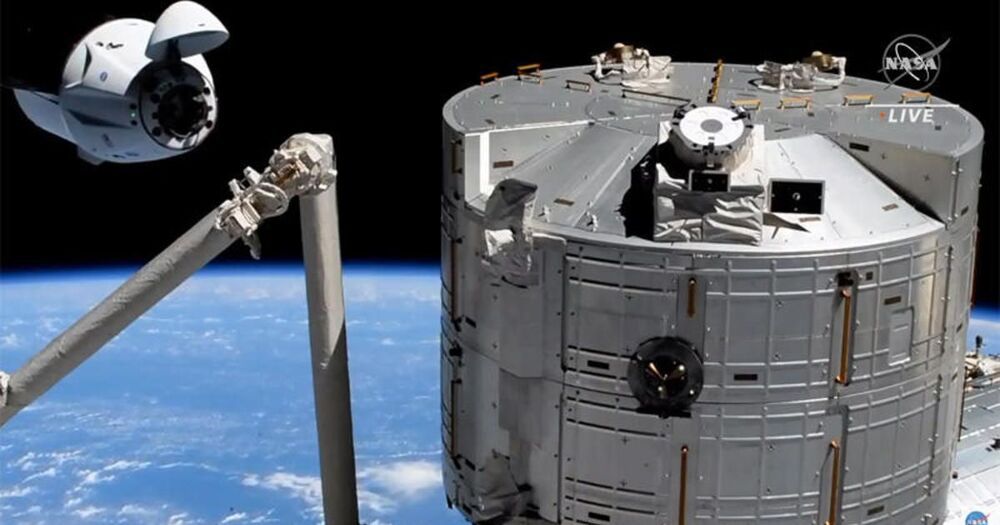


This brave new world seeks to meld space and cyber-space. For both Immortalists and Transhumanists, the human personality lies in the brain, which can live eternally if “uploaded” onto a computer, a favoured theme of science fiction writers. The company Neuralink aims to provide brain-machine interfaces which merge human consciousness and artificial intelligence – helping humans “stay relevant” in a world dominated by AI.
On 28 December 1903, during a particularly harsh Russian winter, a pauper died of pneumonia on a trunk he had rented in a room full of destitute strangers. Nikolai Fyodorov died in obscurity, and he remains almost unknown in the West, yet in life he was celebrated by Leo Tolstoy and Fyodor Dostoevsky, and by a devoted group of disciples – one of whom is credited with winning the Space Race for the Soviet Union.
Now, just as he prophesied, Fyodorov is living a strange afterlife. He has become an icon for transhumanists worldwide and a spiritual guide for interplanetary exploration.
Fyodorov’s poverty came by religious choice rather than material necessity. He was the illegitimate child of Prince Pavel Gagarin, and spent his early childhood on the family’s country estate, until the sudden death of both his father and grandfather, Prince Ivan Gagarin. While Fyodorov’s family had no connection to the first cosmonaut, Anastasia Gacheva of the Fyodorov Museum-Library in Moscow says there is “an important symbolic coincidence – between the Gagarin who foresaw spaceflight in a philosophical way, and Yuri Gagarin who became the world’s first cosmonaut”.
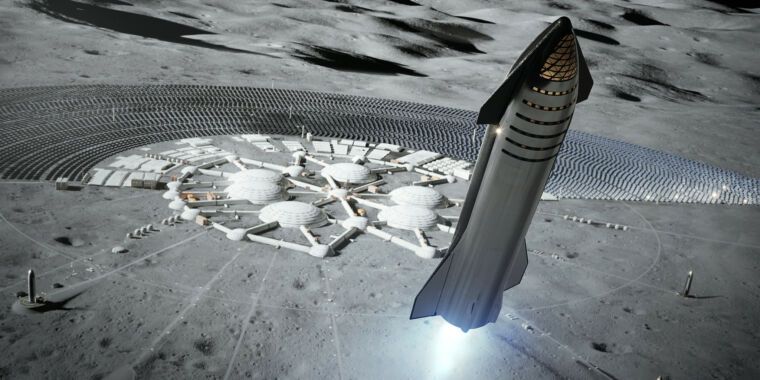
By betting on Starship, which entails a host of development risks, NASA is taking a chance on what would be a much brighter future. One in which not a handful of astronauts go to the Moon or Mars, but dozens and then hundreds. In this sense, Starship represents a radical departure for NASA and human exploration.
“If Starship meets the goals Elon Musk has set for it, Starship getting this contract is like the US government supporting the railroads in the old west here on Earth,” said Rick Tumlinson, a proponent of human settlement of the Solar System. “It is transformational to degrees no one today can understand.”
We will nonetheless try to understand some of the ways in which Starship could prove transformational.
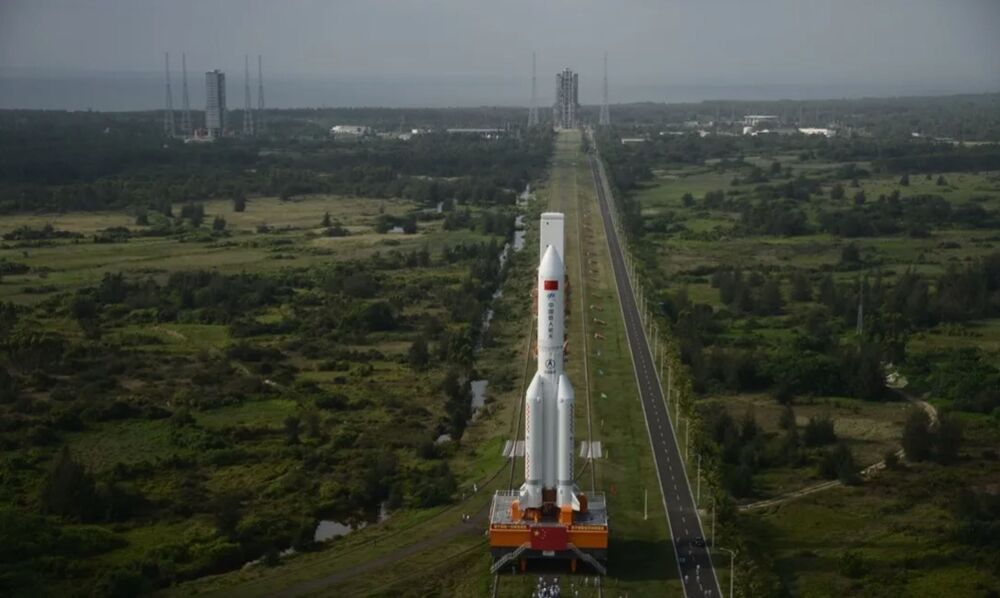
HELSINKI — China is set to launch the first module for its own space station next week after rolling out a Long March 5B rocket at Wenchang spaceport late Thursday.
The 53.7-meter-long Long March 5B is now expected to launch the 22-ton Tianhe space station core module around April 29, although authorities have not officially released a launch time.
The launch will mark the beginning of an intense construction phase for the three-module space station. China plans 11 major launches of modules, cargo and crewed spacecraft across 2021–22.

SpaceX’s Crew-2 mission lit up the sky with a spectacular spaceflight show this morning (April 23) with a successful crewed launch to the International Space Station.
SpaceX lit up the sky with a spectacular rocket show before dawn today (April 23) with a successful Crew-2 astronaut launch to the International Space Station for NASA.
Riding a Falcon 9 rocket, the company’s Crew Dragon spacecraft, named Endeavour, lifted off from NASA’s Kennedy Space Center in Florida as the sun slowly crept above the horizon, making for an especially colorful and striking view.

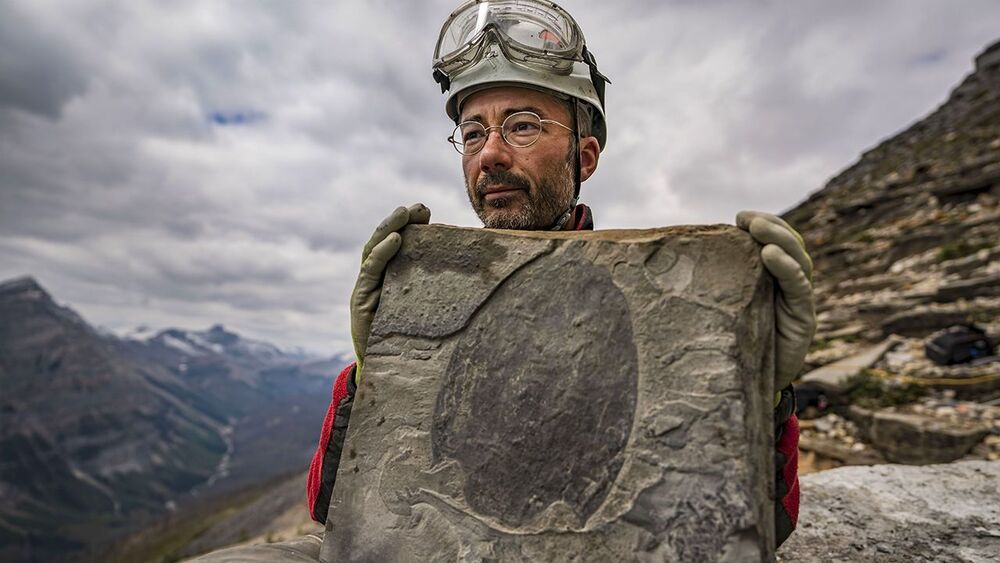
Circa 2018
KOOTENAY NATIONAL PARK IN CANADA— The drumming of the jackhammer deepens. Then, a block of shale butterflies open, exposing to crisp mountain air a surface that hasn’t seen sunlight in half a billion years. “Woo!” says paleontologist Cédric Aria of the Nanjing Institute of Geology and Palaeontology in China, bracing the top slab of rock upright.
Its underside bears charcoal-colored smudges that look vaguely like horseshoe crabs or the Millennium Falcon from Star Wars. “It’s a spaceship landing area here,” says expedition leader Jean-Bernard Caron, curator of invertebrate paleontology at the Royal Ontario Museum (ROM) in Toronto, Canada.
Those “spaceships” are carapaces, molted onto a long-vanished ocean floor by a species new to science. This field season they’ve been spilling out of the rocks here, where Caron’s team has spent the past few years unearthing groundbreaking animal fossils from the Cambrian period, the coming-out party for animal life on Earth. During the Cambrian, which began about 540 million years ago, nearly all modern animal groups—as diverse as mollusks and chordates—leapt into the fossil record. Those early marine animals exhibited a dazzling array of body plans, as though evolution needed to indulge a creative streak before buckling down. For more than a century, scientists have struggled to make heads or tails—sometimes literally—of those specimens, figure out how they relate to life today, and understand what fueled the evolutionary explosion.
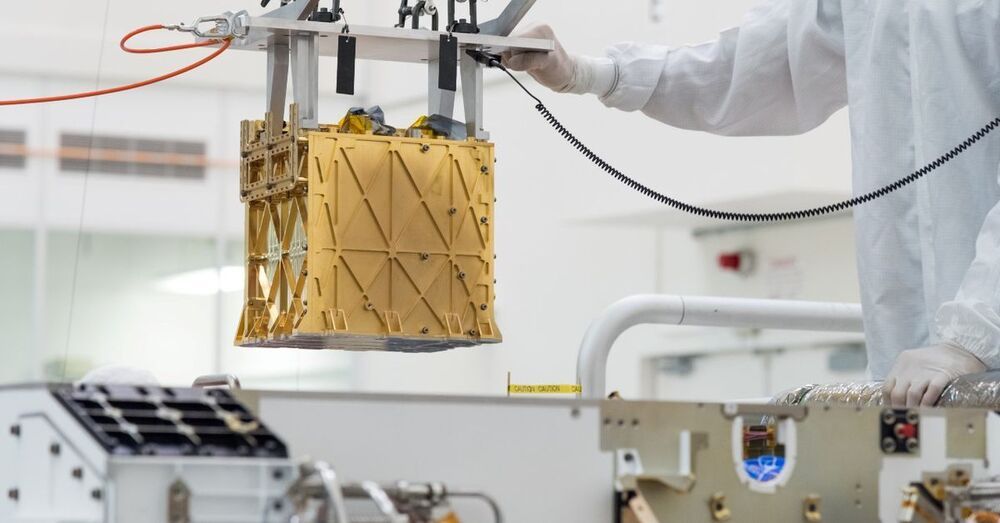
NASA has logged another extraterrestrial first on its latest mission to Mars: converting carbon dioxide from the Martian atmosphere into pure, breathable oxygen, the U.S. space agency said on Wednesday.
The unprecedented extraction of oxygen, literally out of thin air on Mars, was achieved Tuesday by an experimental device aboard Perseverance, a six-wheeled science rover that landed on the Red Planet Feb. 18 after a seven-month journey from Earth. read more
In its first activation, the toaster-sized instrument dubbed MOXIE, short for Mars Oxygen In-Situ Resource Utilization Experiment, produced about 5 grams of oxygen, equivalent to roughly 10 minutes’ worth of breathing for an astronaut, NASA said.

Circa 2020 o,.o.
“Our Martian brine electrolyzer radically changes the logistical calculus of missions to Mars and beyond.” says Vijay Ramani. “This technology is equally useful on Earth where it opens up the oceans as a viable oxygen and fuel source.”(Credit: Getty Images)
When it comes to water and Mars, there’s good news and not-so-good news. The good news: there’s water on Mars! The not-so-good news? There’s water on Mars.
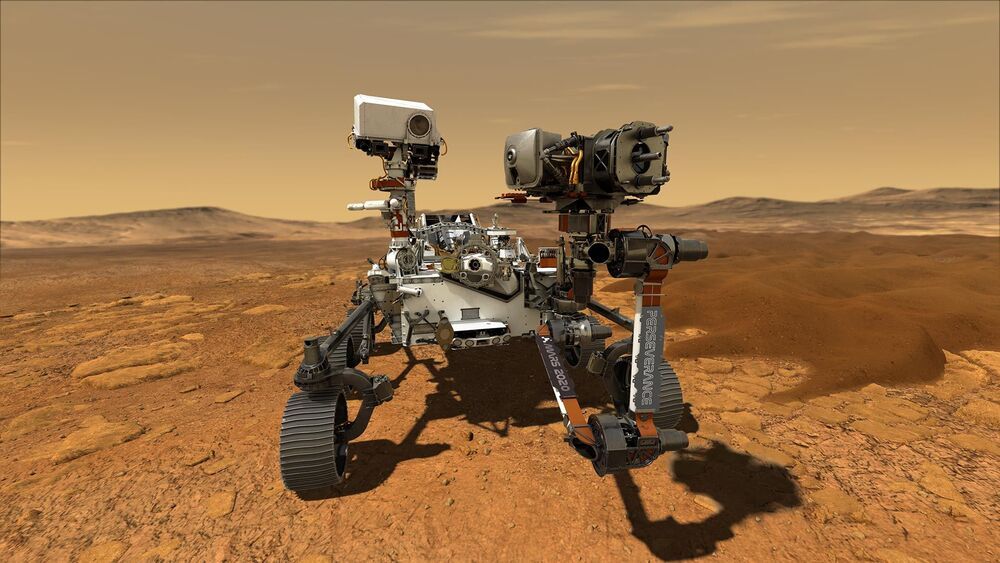
The milestone, which the MOXIE instrument achieved by converting carbon dioxide into oxygen, points the way to future human exploration of the Red Planet.
The growing list of “firsts” for Perseverance, NASA ’s newest six-wheeled robot on the Martian surface, includes converting some of the Red Planet’s thin, carbon dioxide-rich atmosphere into oxygen. A toaster-size, experimental instrument aboard Perseverance called the Mars Oxygen In-Situ Resource Utilization Experiment (MOXIE) accomplished the task. The test took place April 20, the 60th Martian day, or sol, since the mission landed on February 18.
While the technology demonstration is just getting started, it could pave the way for science fiction to become science fact – isolating and storing oxygen on Mars to help power rockets that could lift astronauts off the planet’s surface. Such devices also might one day provide breathable air for astronauts themselves. MOXIE is an exploration technology investigation – as is the Mars Environmental Dynamics Analyzer (MEDA) weather station – and is sponsored by NASA’s Space Technology Mission Directorate (STMD) and Human Exploration and Operations Mission Directorate.